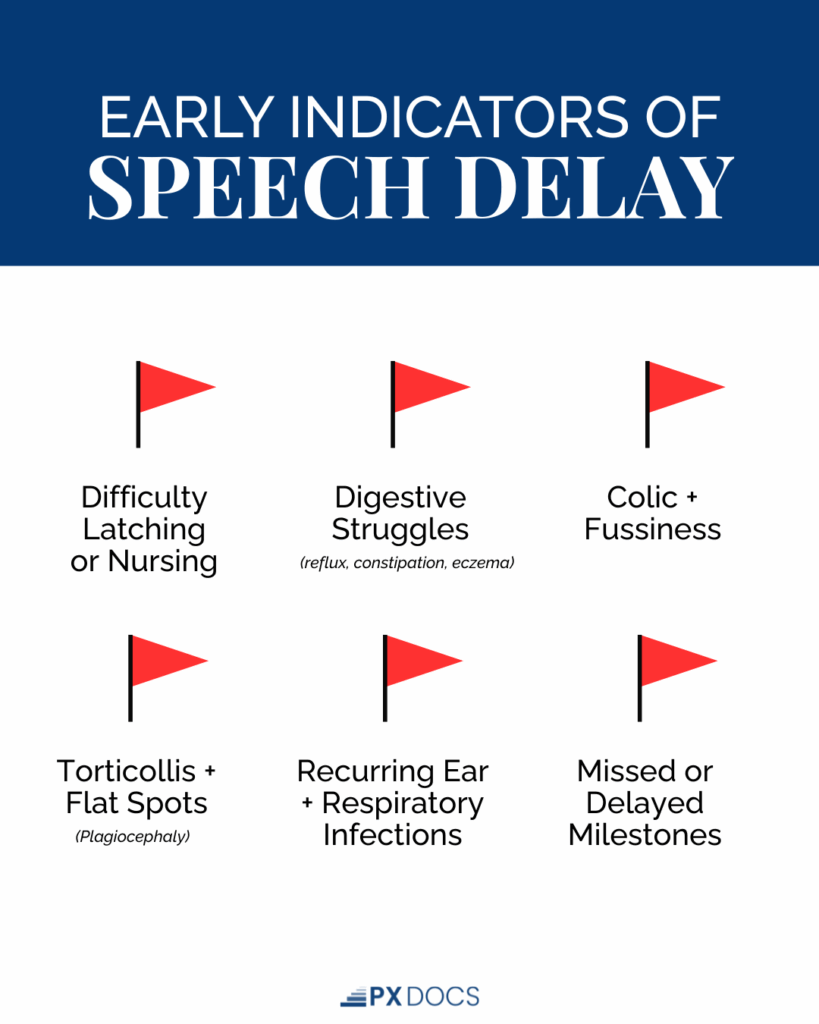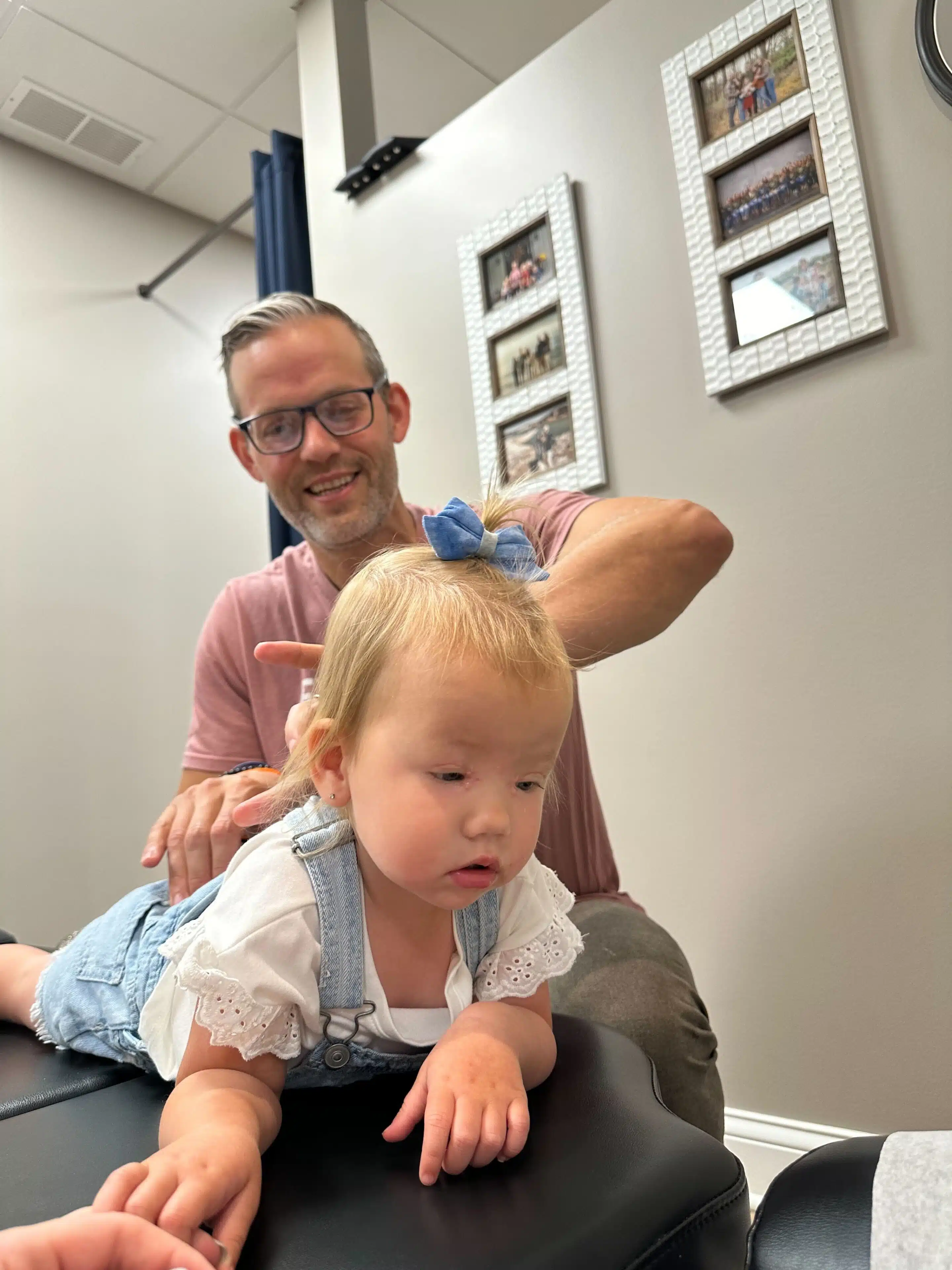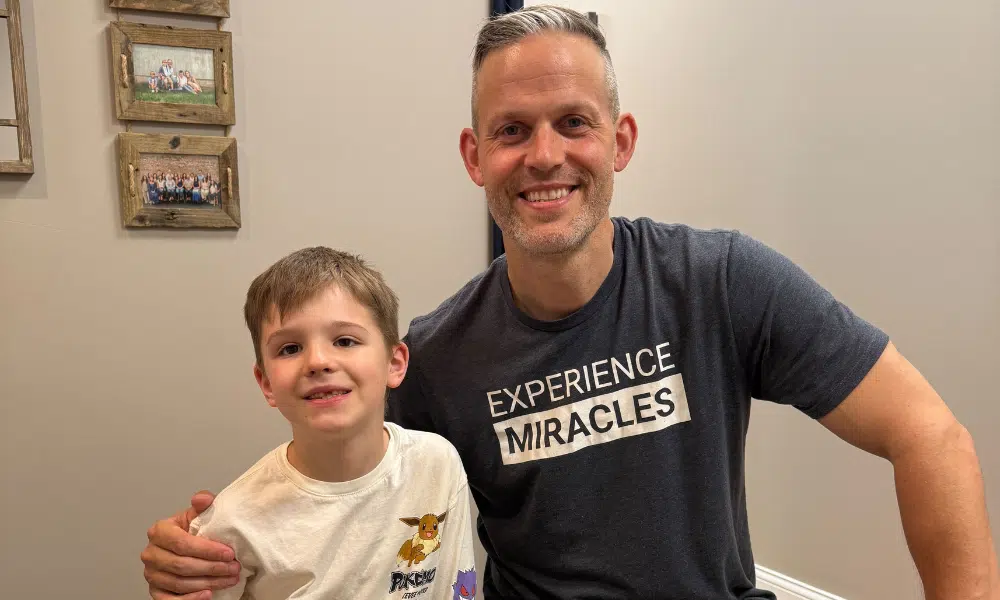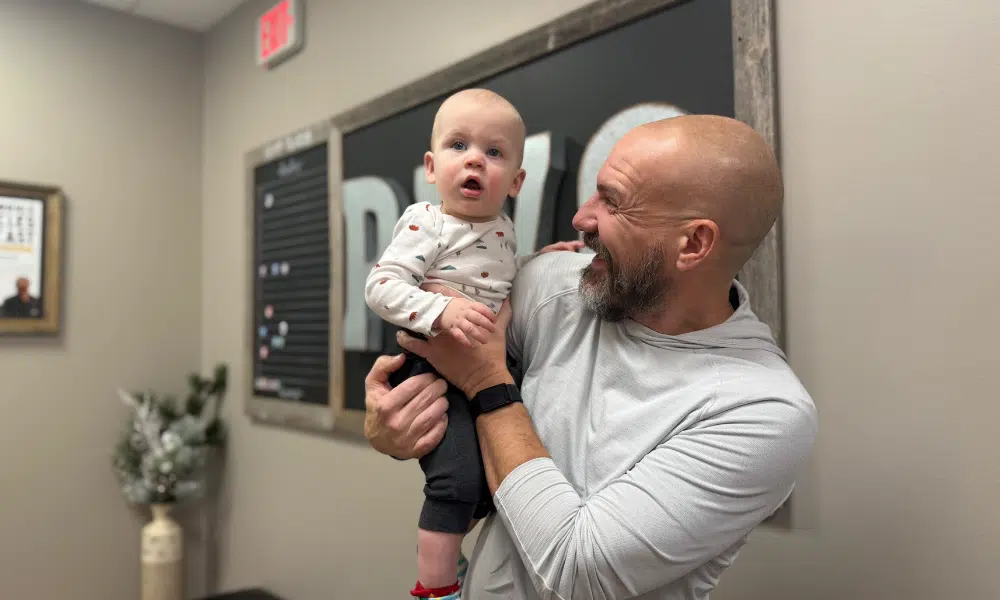For parents, witnessing their child struggle with speech delays can be a heartbreaking and frustrating experience. You may have noticed your little one having difficulty communicating their needs, wants, and emotions, leading to social and emotional challenges affecting your child and the entire family.
Many children work tirelessly in speech therapy sessions, only to find themselves plateauing or making little progress. As a parent, you may feel helpless and confused, wondering what is causing your child’s speech delays and if there is anything more you can do to help them.
You are not alone in this struggle.
Nearly 1 in 12 U.S. children ages 3-17 have experienced a voice, speech, language, or swallowing disorder in the last 12 months. Many parents are in a similar situation, desperately seeking answers and solutions.
The good news is that by understanding the root causes of speech delays and exploring innovative approaches to address them, you can help your child unlock their full potential and find their voice.
What are Speech Delays?
Speech delays refer to a situation in which a child’s language and communication skills develop more slowly than typically expected for their age. This indicates that stress or interference within the brain and nervous system is disrupting the development of these crucial skills.
Children with speech delays often struggle with various aspects of communication, such as:
- Clarity: Difficulty producing clear, intelligible speech sounds
- Forming sentences: Trouble combining words to create meaningful phrases or sentences
- Being understood: Challenges in conveying their messages effectively to others
In some cases, particularly in children with Level 3 Autism, speech delays can present as nonverbal challenges. These children may have few or no spoken words and rely on alternative means of communication, such as gestures or picture exchange systems.
Another concerning aspect of speech delays is the possibility of regression. Some children may appear to develop language skills typically until around 18-24 months of age, but then suddenly lose previously acquired words or skills. This regression can be a sign of an underlying neurological issue that requires further investigation and intervention.
Speech delays can also lead to various social, emotional, and behavioral issues in children. Difficulties in communication can result in frustration, anxiety, and low self-esteem, often causing social isolation and academic challenges. These delays can also lead to negative behaviors as children struggle to express themselves. Early intervention and addressing the root cause are crucial to mitigating these impacts and supporting overall development.
Recognizing the signs of speech delays early on is crucial for providing children with the support they need to thrive. By understanding the challenges they face and the potential underlying causes, parents and professionals can work together to create a comprehensive plan for addressing these delays and promoting healthy communication development.
How Speech Works: A Sequential 3-Step Process
To better understand speech delays, it’s essential to grasp how speech works from a neurological perspective.
Speech production is a complex, sequential process that involves three key steps:
- Sensory/Receptive Aspect (INPUT): Auditory or cognitive signals are received by the brain and central nervous system. This is the foundation for processing and understanding language.
- Integration/Coordination: The brain makes sense of the received information, organizing it efficiently. In children with speech delays, this processing and integration time may be delayed or dysfunctional.
- Output: The brain sends signals through nerves to the muscles responsible for creating speech. These muscles work together to produce the sounds, words, and sentences we hear.
While many people assume that speech delays primarily stem from issues with the output stage, the reality is that the problem often lies “upstream” in the brain and nervous system’s sensory/input and integration/coordination aspects.
Subluxation and nervous system dysfunction (discussed in detail in the next section of the article), especially of the brainstem and vagus nerve regions, can significantly interfere with all three (3) components of speech.
Since traditional providers like pediatricians and speech therapists are not trained to test and examine for the presence of subluxation and neurological dysfunction, this crucial component is often missed altogether and therefore not addressed clinically.
The Role of Subluxation, Nervous System Dysregulation, and Vagus Nerve Dysfunction in Speech Delays
Subluxation, dysautonomia, and vagus nerve dysfunction play significant roles in children’s speech delays and nonverbal behavior. Let’s take a closer look at each of these factors:
Subluxation and Dysautonomia:
- Subluxation refers to misalignment, reduced range of motion, and neurological interference within the nervous system.
- Dysautonomia, also called nervous system dysregulation, can contribute to overall dysfunction, further complicating speech development.
- Subluxation can interfere with nerve signals controlling speech muscles, disrupt brain-body communication pathways, and lead to difficulties in motor planning (apraxia) and execution.
- Abnormal muscle tone and weakness or lack of coordination in mouth, face, and respiratory muscles can affect speech production.
Vagus Nerve Dysfunction:
- The vagus nerve, a key component of the parasympathetic nervous system, regulates various functions, including speech and sensory processing.
- The vagus nerve controls the vocal cords through the recurrent laryngeal branch; dysfunction can lead to vocalization, pitch, volume, and clarity issues.
- Proper speech production requires coordination of breathing and swallowing, both influenced by the vagus nerve.
- The vagus nerve regulates the autonomic nervous system and stress responses, which can exacerbate speech problems when dysfunctional.
Addressing subluxation, vagus nerve dysfunction, and nervous system dysregulation is often the missing link in resolving speech delays. When these issues are corrected through Neurologically-Focused Chiropractic Care, children can experience significant improvements in their speech and communication abilities.
The Role of Gross Motor Delays and Gut Issues in Speech Delays
Speech is a complex function that develops after more foundational developmental milestones have been attained. These fundamental skills include:
- Central and Autonomic Nervous System Tone, Coordination, and Function (Dysautonomia)
- Gross Motor Tone and Coordination
- Neuro-Gut-Immune-Endocrine Health and Development
If the brain and body are still working on these foundational developmental “projects,” they may not have the resources to focus on speech, socialization, emotional regulation, and cognition. This is why addressing gross motor delays and gut issues can profoundly impact a child’s speech development.
Autism, Regression, and Speech Delay/Nonverbal Challenges
Autism is a multi-system disorder that often includes challenges with speech and communication. While some children with autism may appear to develop typically and then suddenly regress in their speech abilities, there are usually early signs of trouble brewing when we take a closer look at their developmental history.
Two primary causes of serious speech delay challenges in children with autism are:
- Birth trauma and upper cervical subluxation
- Heavy toxic load
Unfortunately, many early problems that occur during the first 12-18 months of life are often dismissed as “normal” by a conventional pediatrician who may not have a deep and intricate enough understanding of neurodevelopment and the early signs of trouble. These common but not normal issues that often occur during the first 12-18 months of life for a developing child include:
- Difficulty latching, nursing, and breastfeeding
- Digestive issues (acid reflux, constipation, eczema)
- Colic and fussiness
- Torticollis and Plagiocephaly
- Respiratory and ear infections, leading to antibiotics and corticosteroids
- Missed or delayed gross motor milestones
Recognizing these early signs and addressing them promptly can significantly improve a child’s speech development and overall well-being.

The PX Docs Approach: Addressing the Root Cause of Speech Delays
Speech delays can be frustrating and concerning for parents. However, it’s important to remember that they can often indicate stress or interference within the brain and nervous system. Factors such as subluxation, vagus nerve dysfunction, and nervous system dysregulation are frequently overlooked but can significantly impact a child’s speech development.
At PX Docs, we understand the importance of identifying the “Perfect Storm” triggers in a child’s case history that may contribute to speech delays, especially birth interventions and trauma that can physically injure the delicate nerves and muscles that control speech. This is perhaps the most obvious and straightforward root cause of speech delays and all sorts of other neurodevelopmental challenges in kids that is grossly underestimated and dismissed.
If you feel that your child has some or all of these signs of the Perfect Storm, subluxation, and nervous system dysfunction, and you’d like to add Neurologically-Focused Chiropractic Care to help enhance the results from speech therapy and get that “combined” effect discussed above, then head on over to our PX Docs Directory and schedule an appointment today!
After a thorough review of your child’s case history and in-depth consultation, your PX Doc will then run our Neurological INSiGHT Scans, which help find and locate your child’s subluxation and nervous system dysfunction. Once the consultation, exam, and scans are complete, your doctor will then sit down with you and explain everything thoroughly during the Report of Findings, and give your child a fully personalized and individualized care plan to address these issues head-on!
By following this process, parents can gain valuable insights into their child’s unique challenges and receive a fully customized and personalized care plan that addresses the root cause issues behind their speech delays.



![[GRID] Calming the Sensory Storm WEBINAR PX Docs Webinar](https://pxdocs.com/wp-content/uploads/2025/11/GRID-Calming-the-Sensory-Storm-WEBINAR.png.webp)


